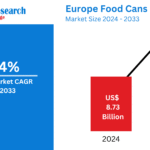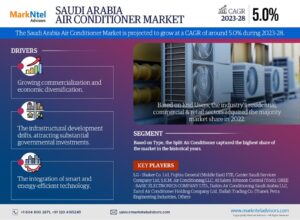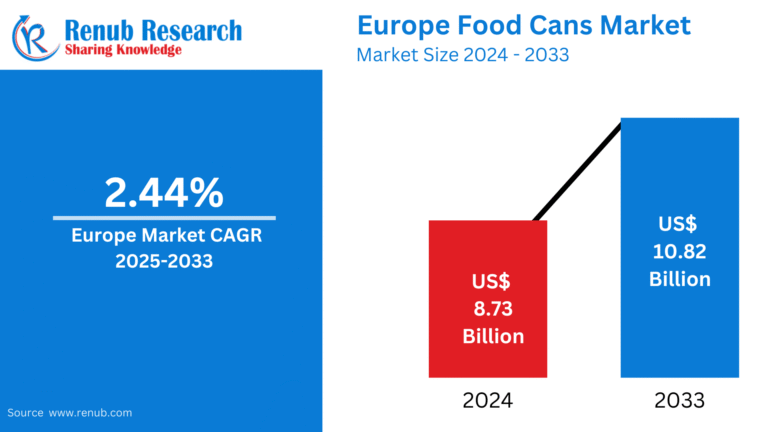Variable Frequency Drives (VFDs) have emerged as a crucial technology in modern industries, significantly improving energy efficiency, operational control, and equipment longevity. These devices regulate the speed and torque of electric motors by adjusting the frequency and voltage supplied to them. As industries worldwide focus on energy conservation and cost reduction, VFDs have become a fundamental component in various applications, from manufacturing plants and HVAC systems to water treatment facilities and conveyor systems. By optimizing motor performance, VFDs not only reduce power consumption but also enhance overall system efficiency, making them a key player in the future of energy-efficient solutions. With the rising cost of electricity and the growing emphasis on sustainability, businesses are increasingly adopting VFD technology to meet their operational and environmental goals.
Picking the right industrial company can basically influence your business’ turn of events, useful adequacy, and efficiency.
1. Reduced Energy Consumption
One of the most significant benefits of VFDs is their ability to reduce energy consumption. Traditional electric motors operate at a constant speed regardless of the load, often leading to excessive energy use. VFDs, on the other hand, adjust motor speed based on demand, ensuring that only the necessary amount of energy is used. This dynamic control can result in energy savings of up to 50%, depending on the application. Industries that rely heavily on motor-driven systems, such as manufacturing and HVAC, benefit immensely from these savings. Lower energy consumption not only reduces operational costs but also helps organizations meet energy efficiency regulations and sustainability targets.
2. Extended Equipment Life
VFDs contribute to extending the lifespan of electrical motors and connected equipment by eliminating the stress caused by sudden starts and stops. Traditional motor systems often experience mechanical wear due to abrupt power surges when turning on or off. VFDs provide a smooth acceleration and deceleration process, reducing mechanical strain and minimizing heat generation. This controlled operation leads to fewer breakdowns, lower maintenance costs, and an extended operational life for motors and related components. By preventing excessive wear and tear, VFDs help businesses reduce downtime and improve overall productivity.
3. Improved Process Control
Precision control over motor speed and torque is crucial in various industrial applications. VFDs enable fine-tuned adjustments, allowing operators to match motor performance with specific process requirements. For example, in conveyor systems, VFDs can regulate belt speed based on material flow, preventing bottlenecks and enhancing efficiency. In HVAC systems, they adjust fan and pump speeds to maintain optimal temperature and airflow. The ability to fine-tune motor operations leads to better product quality, reduced waste, and enhanced operational reliability. Industries that require precise control, such as food processing and pharmaceuticals, greatly benefit from the accuracy provided by VFD technology.
Wait: variable frequency drive VFDS attracts unquestionable control of motor speed and power, pondering better cycle the board and further created thing quality.
4. Lower Maintenance Costs
VFDs play a crucial role in reducing maintenance costs by minimizing mechanical wear and electrical stress. Traditional motor systems that operate at full speed continuously experience frequent breakdowns, leading to expensive repairs and maintenance. VFDs reduce these issues by optimizing motor performance and eliminating unnecessary strain. Additionally, many modern VFDs come equipped with diagnostic and predictive maintenance features that monitor system health and alert operators to potential problems before they become critical. This proactive approach helps businesses reduce maintenance downtime, increase efficiency, and lower overall operational costs.
5. Enhanced Power Factor Correction
Power factor correction is essential for improving the efficiency of electrical systems. Many industrial facilities experience poor power factors due to reactive power losses in their motor-driven equipment. VFDs help improve power factor by regulating voltage and frequency output, ensuring that motors operate at optimal efficiency. By reducing reactive power losses, VFDs decrease energy waste and lower electricity bills. Improved power factor also reduces the strain on electrical infrastructure, allowing businesses to maximize the capacity of their existing power systems without requiring costly upgrades.
6. Soft Start and Stop Functionality
Unlike traditional motor starters that cause abrupt power surges when turning on or off, VFDs offer soft start and stop functionality. This feature gradually increases and decreases motor speed, preventing mechanical shocks and electrical stress. Soft starting is especially beneficial in applications such as pumps, fans, and conveyor belts, where sudden starts can lead to mechanical failures and increased energy demand. The ability to control acceleration and deceleration extends motor life, reduces peak power demand, and enhances overall system stability.
7. Compatibility with Renewable Energy Sources
With the increasing focus on renewable energy integration, VFDs play a vital role in optimizing the performance of systems powered by solar and wind energy. These renewable sources produce variable power outputs that require precise control to ensure consistent motor operation. VFDs adjust motor speed in real time based on the available energy, maximizing efficiency and reducing dependence on fossil fuels. In applications such as solar-powered water pumps and wind turbine-driven generators, VFDs enable seamless operation, making them an essential technology for sustainable energy solutions.
Conclusion
Variable Frequency Drives are a game-changing technology that significantly enhances energy efficiency, reduces operational costs, and improves equipment performance. Their ability to optimize motor speed, provide precise process control, and reduce maintenance expenses makes them a vital component in modern industrial and commercial applications. As businesses and industries continue to focus on sustainability and energy conservation, the adoption of VFDs will only grow. By investing in VFD technology, companies can achieve long-term cost savings, environmental benefits, and improved operational efficiency. The future of energy-efficient motor control lies in VFDs, making them an essential solution for industries looking to optimize their energy usage and reduce their carbon footprint.














